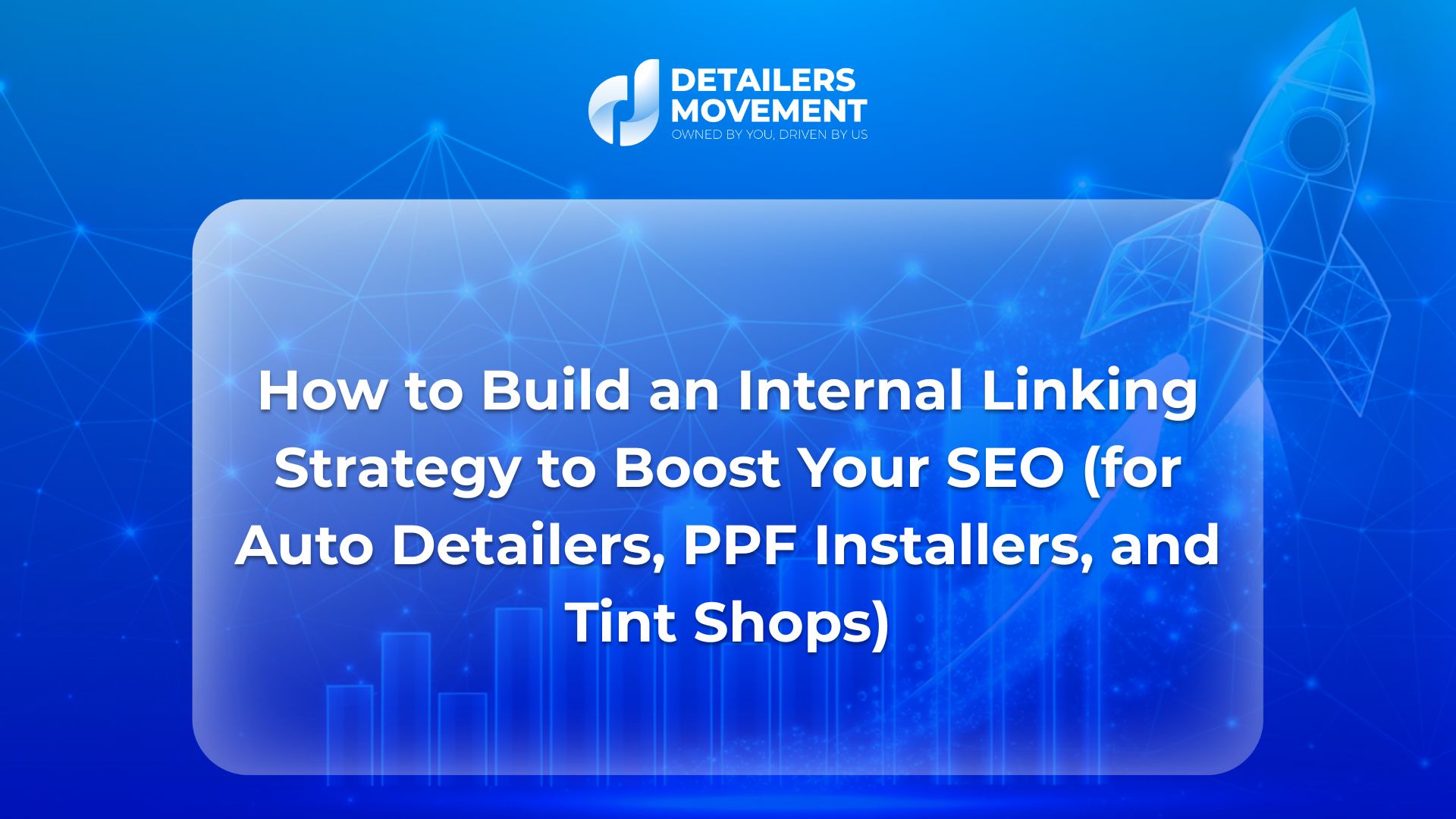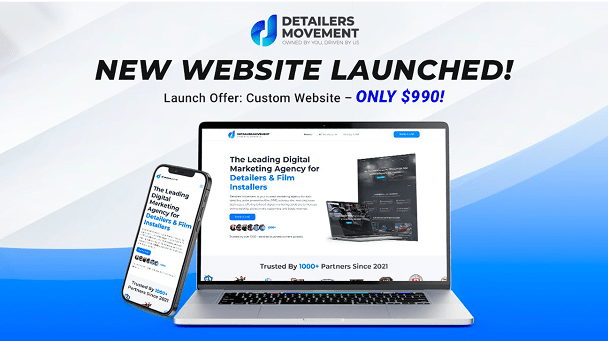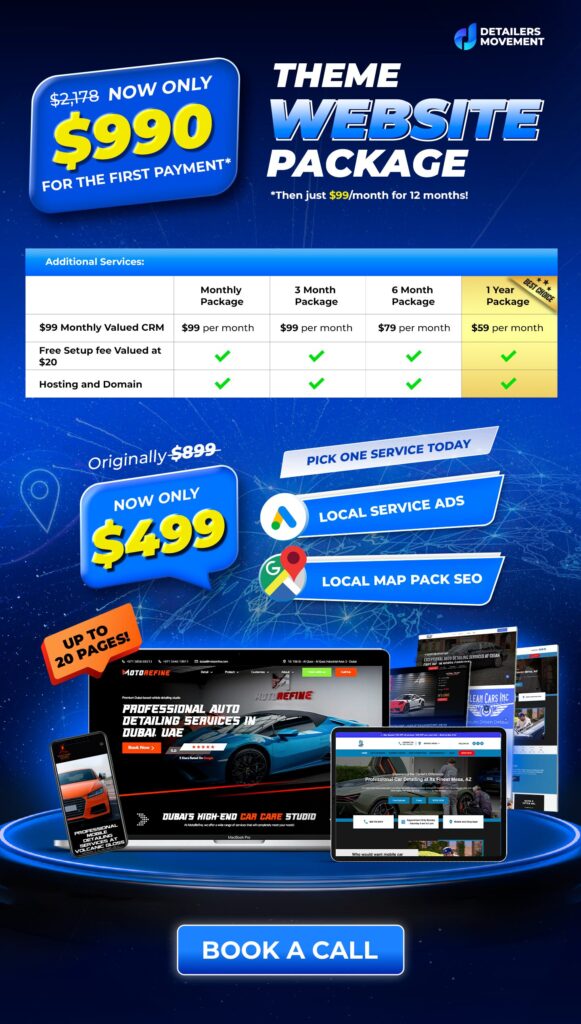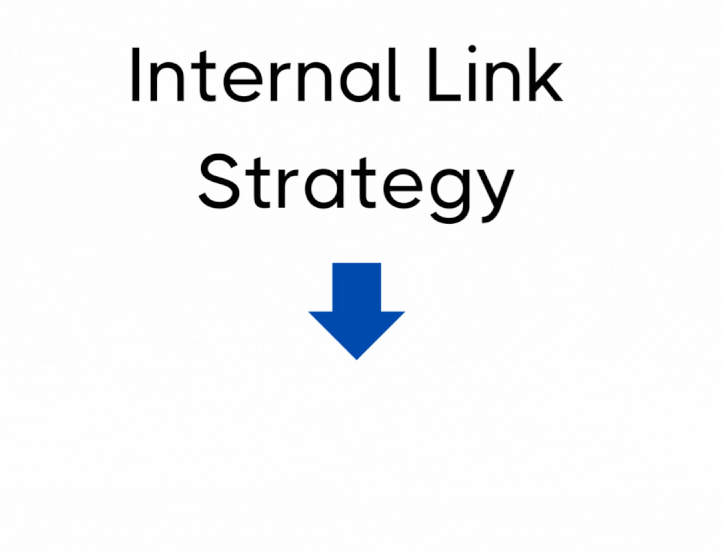
Introduction: Why Internal Linking Is Critical for SEO Success
If you’re an auto detailer, PPF installer, tint shop, or wrap business, one of the easiest ways to improve your SEO — but often the most overlooked — is your internal linking strategy.
Internal links help:
- Google understand your website structure
- Distribute link equity across your pages
- Keep visitors engaged longer by guiding them to related content
In this guide, we’ll show you how to build an effective internal linking strategy to boost your detailing website’s rankings and improve user experience.
What Is Internal Linking (and Why It Matters)?
Internal linking is the process of connecting pages on your own website using hyperlinks.
Example: Linking from your “Ceramic Coating” service page to your blog post “How Long Does Ceramic Coating Last?”
This helps Google:
- Discover and crawl your pages more effectively
- Understand relationships between your topics (clusters)
- Boost the authority of important service pages by funneling link equity
Benefits of Strong Internal Linking for Detailers and Installers
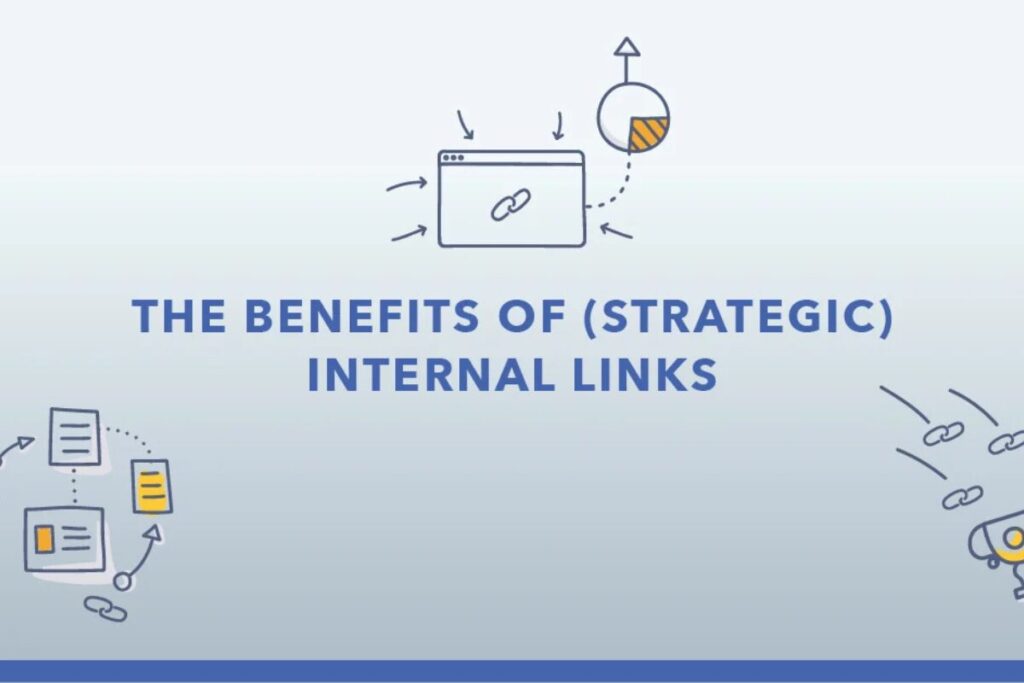

| Benefit | Why It Helps |
| Improves SEO rankings | Strengthens content clusters and keyword relevance |
| Reduces bounce rate | Keeps visitors engaged and clicking through your site |
| Boosts topical authority | Helps Google understand your subject matter expertise |
| Enhances user experience | Makes it easier for visitors to find related info |
The right internal links support your SEO clusters and improve lead conversion pathways.
How to Plan Your Internal Linking Strategy (Step-by-Step)
1. Map Out Your Content Clusters
| Core Service | Supporting Blogs and Pages |
| Ceramic Coating | “How Long Does Ceramic Coating Last?”, “Ceramic Coating Maintenance Tips” |
| Paint Protection Film (PPF) | “Benefits of PPF”, “PPF vs. Ceramic Coating”, “How Long Does PPF Last?” |
| Window Tint | “Carbon vs. Ceramic Tint”, “Window Tint Care Guide” |
| Vehicle Wraps | “Fleet Wrap Benefits”, “Wrap Maintenance 101” |
Related: How to Create an SEO Content Calendar for Auto Detailers
Link from supporting blogs to service pages and vice versa to reinforce clusters.
2. Use Keyword-Rich, Natural Anchor Text
Good examples of anchor text:
- “ceramic coating installer Fort Worth”
- “PPF maintenance tips”
- “window tint care guide”
Avoid generic links like “click here” or “read more.”
3. Link From High-Authority Pages to Lower-Authority Ones
Pages like your home page or popular blog posts typically have the most link equity.
Funnel some of that authority by linking to:
- New service pages
- Recently published blog posts
- Lower-ranking articles in your clusters
For more information on boosting visibility for new or lower-ranking pages, explore our service to see how we help extend reach beyond organic search.
4. Include Contextual Links Within the Content (Not Just in Navigation)
Place links naturally inside your paragraphs and headings — Google and visitors value in-content links more than footer or sidebar links.
Example:
“To get the best results from your ceramic coating, check out our maintenance tips for ceramic coatings.”
5. Use a Logical Site Structure and Hierarchy
- Service pages should be your main nodes.
- Supporting blogs and FAQ pages should link back up to the main services.
This helps Google map your entire knowledge domain effectively.
Real-World Example: How Internal Linking Boosted SEO Rankings for a Tint Shop
A tint shop in California had strong service pages but very few internal links between blogs and services.
After:
- Creating a content map and clustering their posts
- Adding contextual links between related articles and service pages
- Updating anchor text to include local keywords
Result: Increased organic traffic by 60% and improved rankings for “ceramic tint installer Los Angeles.”
Looking to expand beyond organic growth? Click here to see how targeted campaigns can elevate your content strategy and accelerate lead generation.
Common Internal Linking Mistakes to Avoid
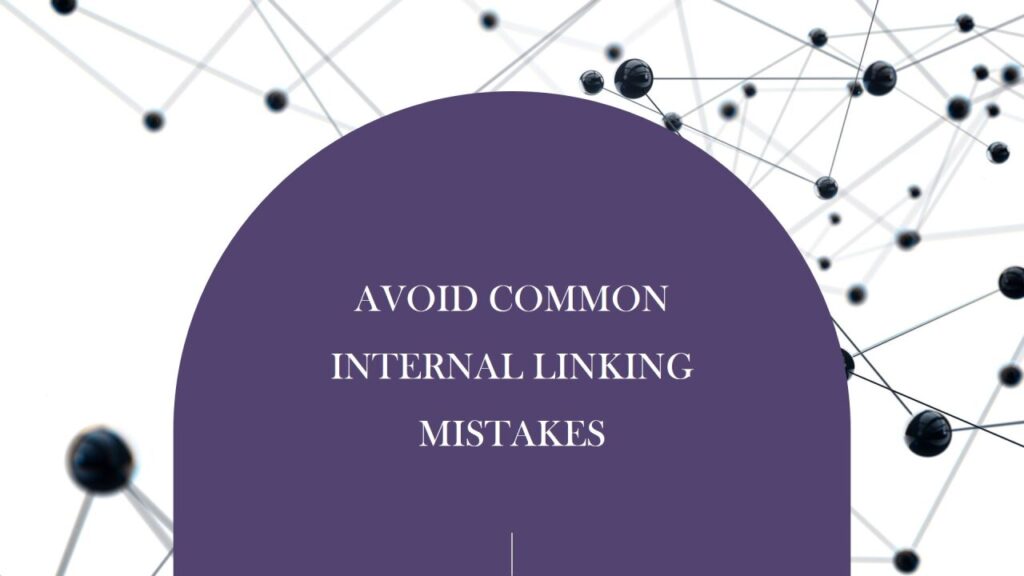

| Mistake | Why It Hurts |
| Only linking from navigation menus | Misses SEO benefits of in-content linking |
| Using the same anchor text every time | Looks spammy and over-optimized |
| Forgetting to link newer content | New pages don’t get discovered or ranked well |
| No linking back to service pages | Weakens cluster strength and authority flow |
Ready to Strengthen Your SEO With Smart Internal Linking?
At Detailers Movement, we help PPF installers, tint shops, wrap businesses, and auto detailers:
- Build internal linking strategies that support SEO clusters
- Create content maps that connect your blogs and service pages
- Improve topical authority and keyword performance
Check out our service – how better lead tracking can amplify the results of a strong internal linking strategy
Book your free strategy call now and let’s optimize your internal linking for better rankings and more leads.

